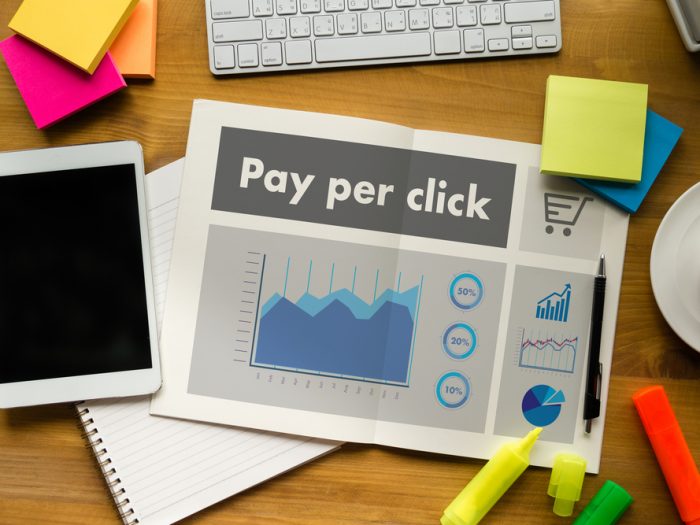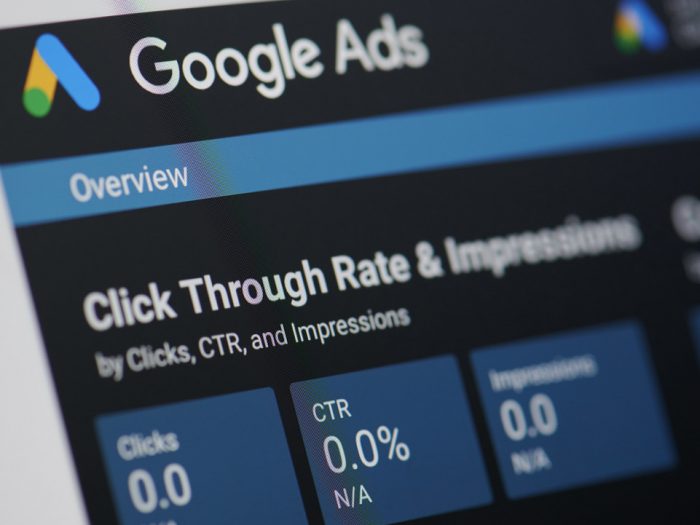Marketing funds are sometimes tight in our new Covid-19 era. As a result, it’s critical to squeeze as many leads and sales as possible out of that budget by lowering your cost per lead. If you’re a marketing manager, these are some of the strategies your firm should use to maximise your return on investment. When it comes to London PPC Agency, there are four easy but efficient ways to get started.
1. Address ‘Limited By Budget’ Warnings
If you see ‘Limited By Budget’ warnings on your campaigns and you don’t have unlimited spend available, then you’re probably blowing a big chunk of your daily budget on expensive clicks and leaving cheaper clicks at lower ad positions on the table.Take a look at the “Search Impression Lost (Budget)” column in your Ads reports to see just how ‘Limited By Budget’ your campaign is. If you can afford more ad spend, then you could increase the budget. But if not, it’s best to decrease bids by a small amount – say 10c – and see how it goes for a couple of weeks. This may seem counter-intuitive, but getting more cheap clicks is better than getting fewer expensive ones.You can keep decreasing these bids like this until the Limited By Budget warning goes away, or until that campaigns clicks start decreasing again – meaning you’ve now gone too low.
2. Review your Quality Scores
The higher your Quality Score is for any keyword, the less you’ll have to pay to appear in any given ad position – i.e. Google will give you a discount.Quality Score Components = Ad Relevance + Landing Page Experience + Expected CTR. The more you can improve these components, the higher your Quality Score will be, and the less you’ll pay per click.
- Ad Relevance – ensure that for all the major keywords in each ad group, that you have at least one ad that includes that keyword phrase (or something very close) in the ad headlines.
- Landing Page Experience – remember the following:
- Relevance & Originality – Page should contain only original content, not copied from other websites, be of high value to the user given the keywords they searched for, and contain the main targeted keywords in the title tag and high up in the body copy.
- Navigation – Page should make it easy for the visitor to navigate your site (including on mobile sites)
- Transparency & Trustworthiness – Page should explain your products/services before asking visitors to fill out forms or share their information.
- Page load time – Encourage customers to spend time on your site by ensuring your page loads quickly.
- Expected CTR – This is the click-through rate that Google expects your ads to get for that keyword in that ad position, and is based on your ads’ past performance. To keep this high, only bid on keywords that are highly relevant to your market, and write compelling, click-worthy ad copy.
If you don’t have time for a full review of your account’s Quality Scores, at least look for Rarely Shown Due to Low Quality Score warnings on any keywords. It’s best to pause keywords with this warning as they may harm the account overall. The exception would be if it’s converting well at a good cost per lead despite the low score.
3. Add Positive & Negative Keywords
Review the Search Terms Report (STR) – this is the actual search terms your ads showed for, based on your keywords. I like to schedule this to do this every couple of months (or however long it takes to get new data) with date range set to at least a few months.
Search Terms Report in Google Review the STR ad group by ad group, looking for these kinds of search terms:
- Good: High CT (Clickthrough Rate) and low Cost Per Conversion – add these search terms as new Keywords
- Bad: Irrelevant terms and very low CTR / high Cost Per Conversion – add these search terms as Negative Keywords
For Negative Keywords, think about whether to add them at the ad group or campaign level – make sure you don’t exclude things you want to show for in other ad groups.When judging on CTR / Cost Per Conversion, the data needs to be statistically significant, so only look at search terms with 100-300 impressions minimum.
4. Boosting Winners & Dropping Losers
Account optimisation is all about one key concept – finding the ‘winners’ in your account and boosting them, and finding the ‘losers’ and dropping them. Winners are the things that generate leads/conversions at a low cost per lead, and losers are the ones that have a high cost per lead (or don’t convert at all). So it’s worth investing more of your budget in the winners and less (or nothing) in the losers.This is done via bid adjustments, which can be applied to a wide range of things in your account. Here are some examples – things that can be identified as winners or losers:
- Different ad groups within a campaign
- Different keywords within an ad group
- Ad 1 vs Ad 2
- Desktop vs mobile vs tablet
- Location vs location
- Times of Day and Day of Week
- Audiences (Remarketing etc)
- Demographics – Age, Gender, Income
Here’s an example of how we would analyse the data to adjust bids. Let’s look at device performance:
- Note down the benchmark CTR, cost per click, cost per conversion and conversion rate over a decent timeframe for all devices, and also for each segment (mobile, tablet and desktop). We’ll use these to determine how big our bid adjustments should be, and then to track “before and after” performance – including knowing whether any changes to mobile metrics are in fact just changes to ALL device metrics.
- Tick the box of the segment you want to adjust, and enter a positive or negative percentage, based on how well or badly that segment has performed. The bid adjustment % you use should be the % difference between “All devices” segment vs that specific device segment.
- In the example above, desktop Computers have a far lower cost per conversion than the other devices, so we’ve applied a +25% adjustment. The mobile segment has a much higher cost per conversion, so we’ve applied a -20% adjustment.
Once applied, check the performance of the segments after a couple of months, then further increase or decrease as required.
Conclusion
Those four things should help lower your cost per lead over time, and help you squeeze more out of your marketing budget.
However, if you have any questions regarding any of the above, or simply want a second opinion on your Google Ads account, please don’t hesitate to contact us! Our team are not only Google Ads experts – but understand the challenges all businesses face. We are the top UK Google Ads agency, Contact us today to get started!




